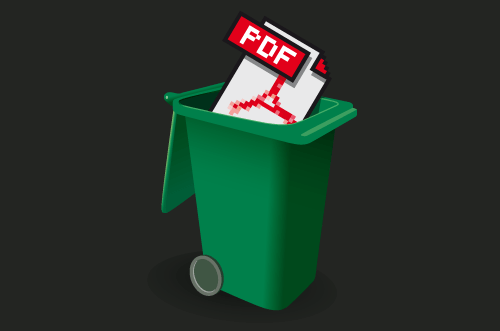
Have you ever tried to count how many people have an impact on the corporate identity of your company?
By their work, by making small decisions, but also by their unawareness of the context? Each member of the “branding team” brings their own perspective to every project. Behind every piece of marketing or expression of the brand — whether it’s a business card, a shop assistant, or an advertising campaign — I see hundreds of people working together in the name of the brand.
Brand manuals are created to predict the future, they define what the letterhead must look like, or how a rooftop sign ought to look. But nobody can know what will happen the following month or year after their completion. What if after the first implementation weak spots are found? Does anyone bother correcting them? And how many people actually possess that famous “design-guidelines.pdf”?
The expression of a brand is not contained in a single person or document, everyone involved subconsciously includes their opinions and perceptions. When a brand claims to be “innovative” for example, everyone working with it is responsible for communicating in an “innovative” fashion, as per the spirit of the brand strategy. But is this in fact happening? What “innovative” actually means in this context is not quite clear, and it is possible that it will not become clear until even as late as the first client meeting, after you have already laid your proposals on the table. That’s a pretty big risk — you need to spend a lot of effort and hard work to just discover that you are completely missing the point. Then you are stuck with the client between the solution of the current problem and the design guidelines, each with its own interpretation of the gospel that slowly begins to drive you crazy. The problem is not that there are differing opinions, but the fact that classic design guidelines can’t accommodate the wide range of shades of meaning in the context of the whole communication. The current solution of a problem easily triumphs toeing the conceptual line.
When a thin manual is produced, there will be plenty of room for the individual interpretation. With a bulky one, there will always still be something missing. Requirements for guidelines are always growing: it should be conceptual, extensible, educational, up-to-date, yet simple and always available. We still use the enclosed document that fails to record the knowledge and experience of people who work daily with the brand. The manual is just an ideal world on a white background.
Good brand management meaningfully employs available resources and creates a suitable environment for the emergence of new ones. It shouldn’t be taken hostage by the debate over the rules. You need to be as fast, adaptable and cooperative as possible. Ensuring control over such a living organism, which the brand undoubtedly is, requires more sophisticated tools than a traditional PDF manual.
Bio: Lumir Kajnar is an award winning art director, Graphic designer and brand identity consultant. He has worked for such companies as Ceska pojistovna, Kooperativa (both large insurance companies), AVG Technologies, DHL IT services and Czech Rugby Union. His specialities are branding and corporate identity, graphic design and advertising. Lumir is co-founder of OpenBrand.com, an innovative brand building platform, providing a completely new approach on brand-building and management.
